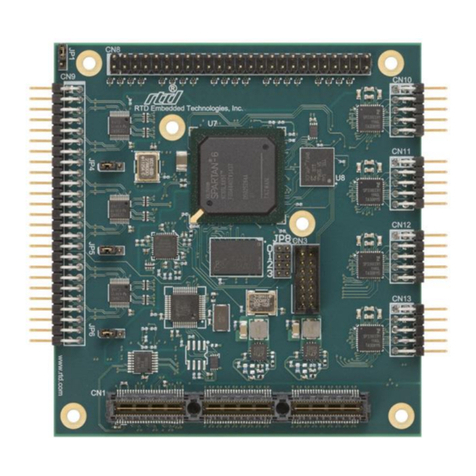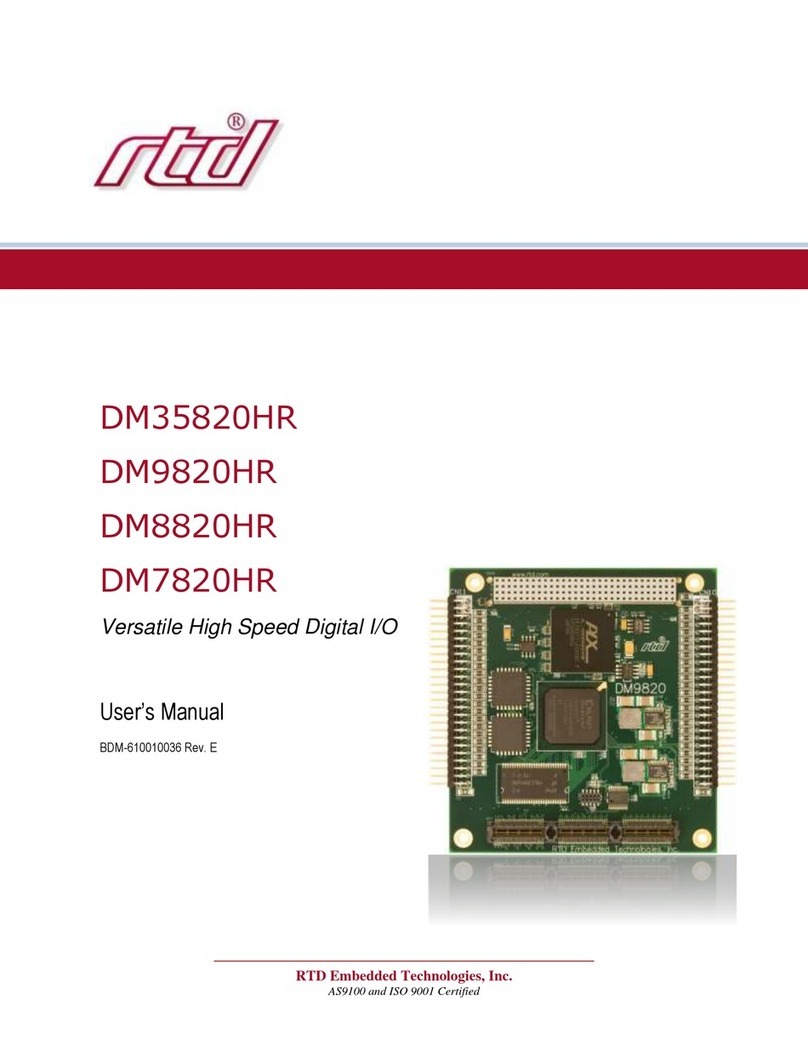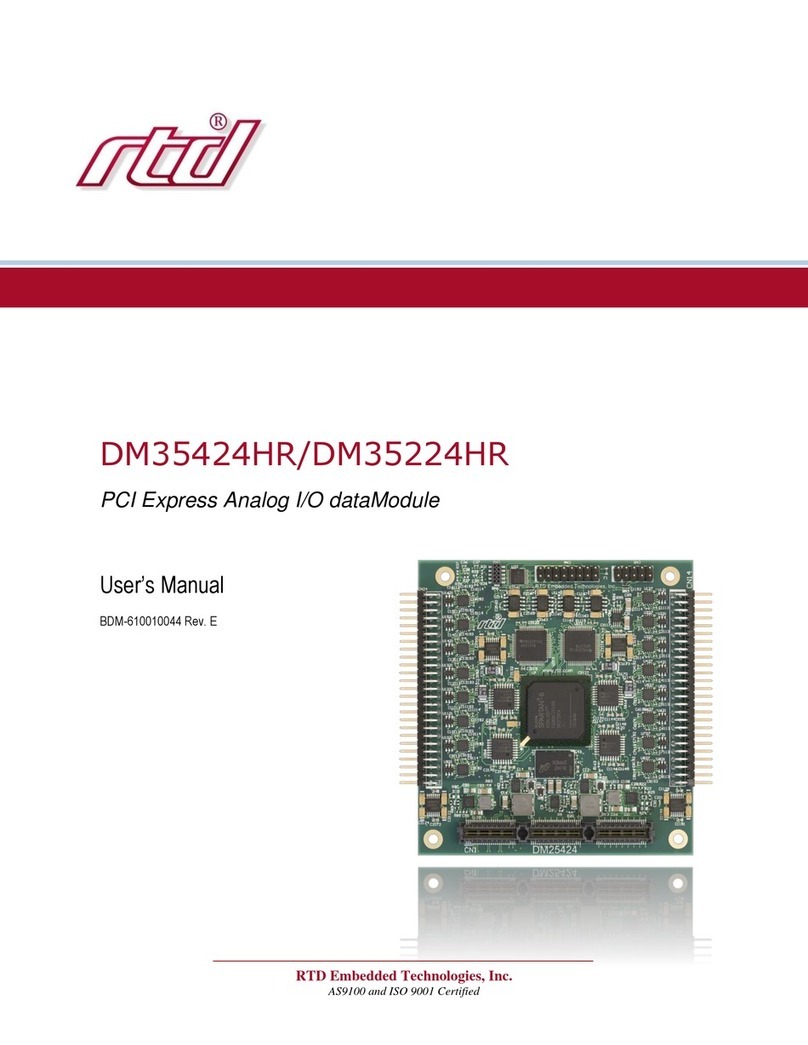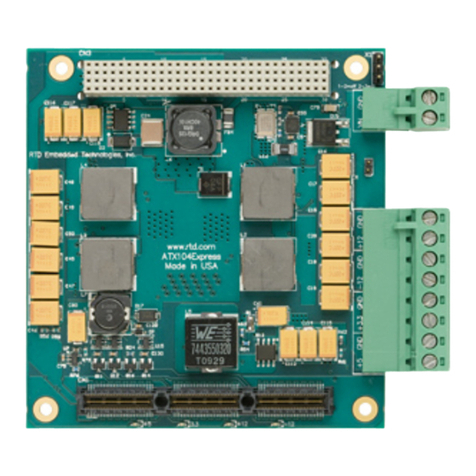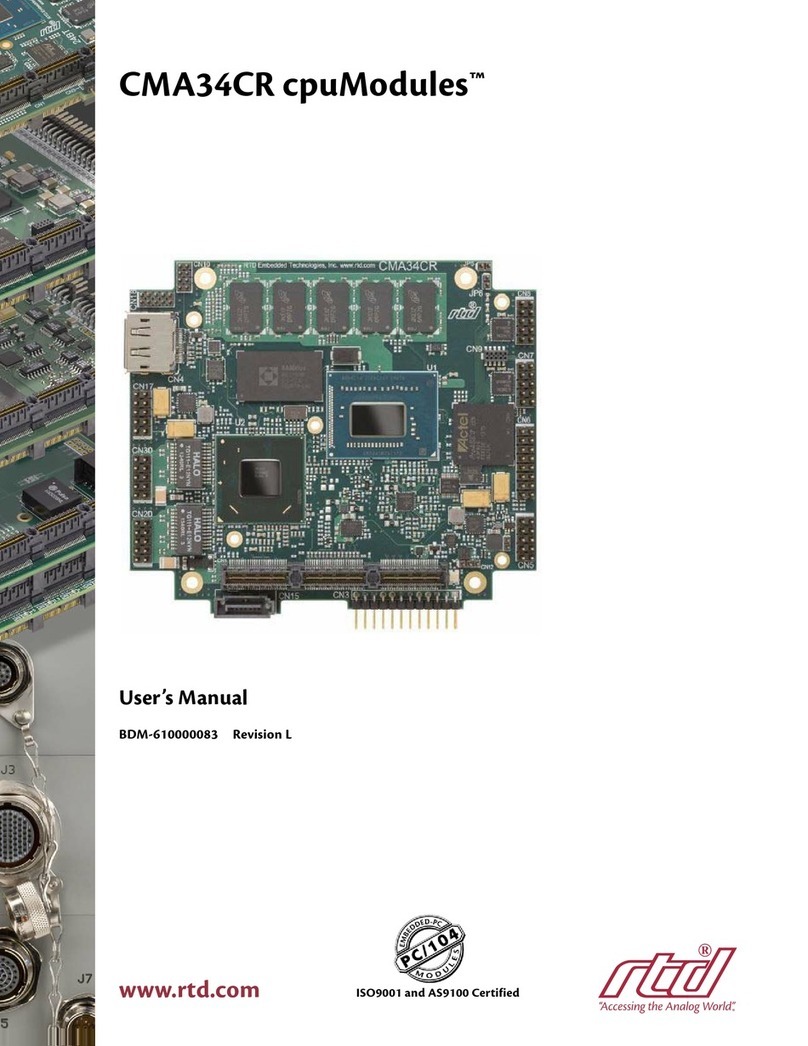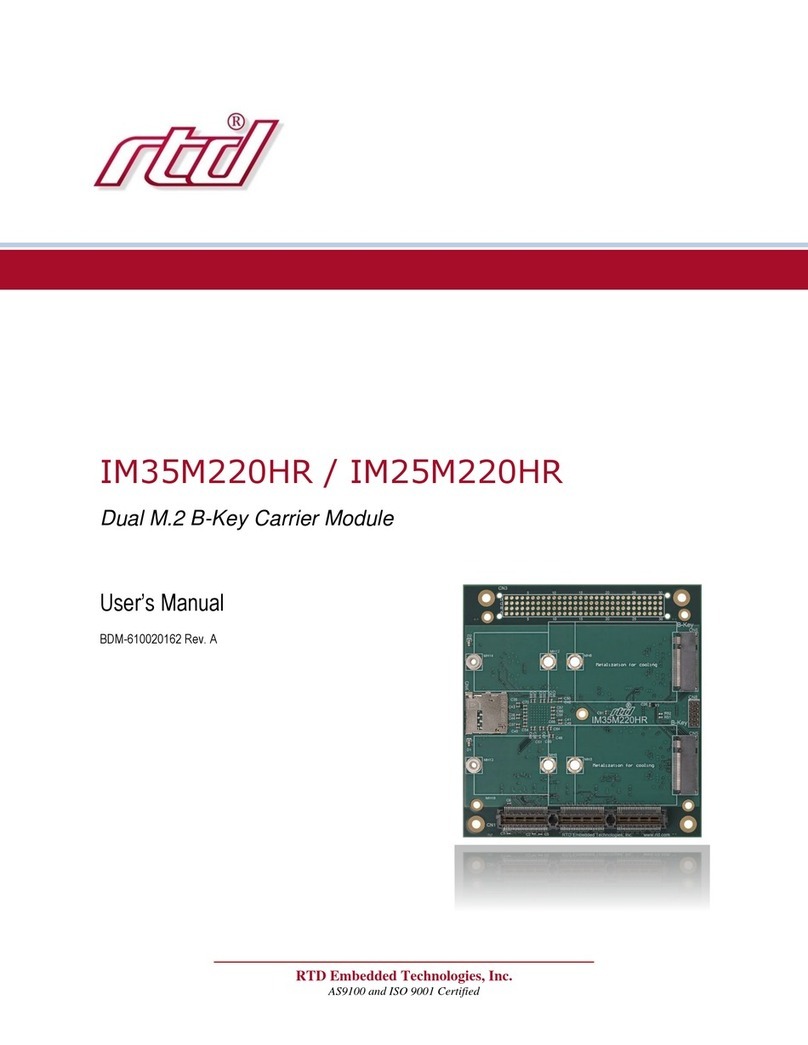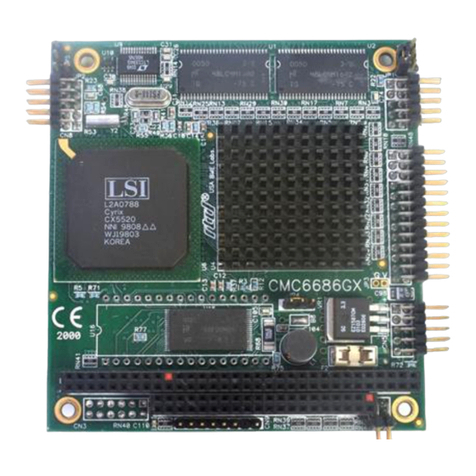
User’s Manual
DM5856HR/DM6856HR 4 RTD Finland Oy
TABLE OF CONTENTS
LIST OF ILLUSTRATIONS & TABLES.......................................................5
CHAPTER 1 - INTRODUCTION....................................................................6
Features...........................................................................................................................6
Isolated digital iutputs.......................................................................................................6
Isolated digital inputs........................................................................................................6
Mechanical description .....................................................................................................6
Connector description.......................................................................................................6
What comes with your board ............................................................................................7
Board accessories............................................................................................................7
-Application software and drivers
-Hardware accessories
Using this manual.............................................................................................................7
When you need help.........................................................................................................7
CHAPTER 2 - BOARD SETTINGS..............................................................8
Factory-Configured Jumper Settings.................................................................................9
Base Address Jumpers...................................................................................................10
CHAPTER 3 - BOARD INSTALLATION..................................................12
Board installation............................................................................................................12
External I/O connections.................................................................................................14
-Isolated digital input
-Isolated digital outputs
CHAPTER 4 - HARDWARE DESCRIPTION........................................16
Isolated digital inputs......................................................................................................17
Isolated digital outputs....................................................................................................18
CHAPTER 5 - BOARD OPERATION AND PROGRAMMING......19
Defining the I/O map ......................................................................................................19
-Base+0 I/O register 1 (Read/Write)
-Base+1 I/O register 2 (Read/Write)
Programming the DM5856/DM6856................................................................................20
Clearing and setting bits in a port....................................................................................20
Isolated output programming..........................................................................................21
Isolated input programming ............................................................................................21
CHAPTER 6 - DM5856/DM6856 SPECIFICATIONS........................22
CHAPTER 7 - RETURN POLICY & WARRANTY..............................23

